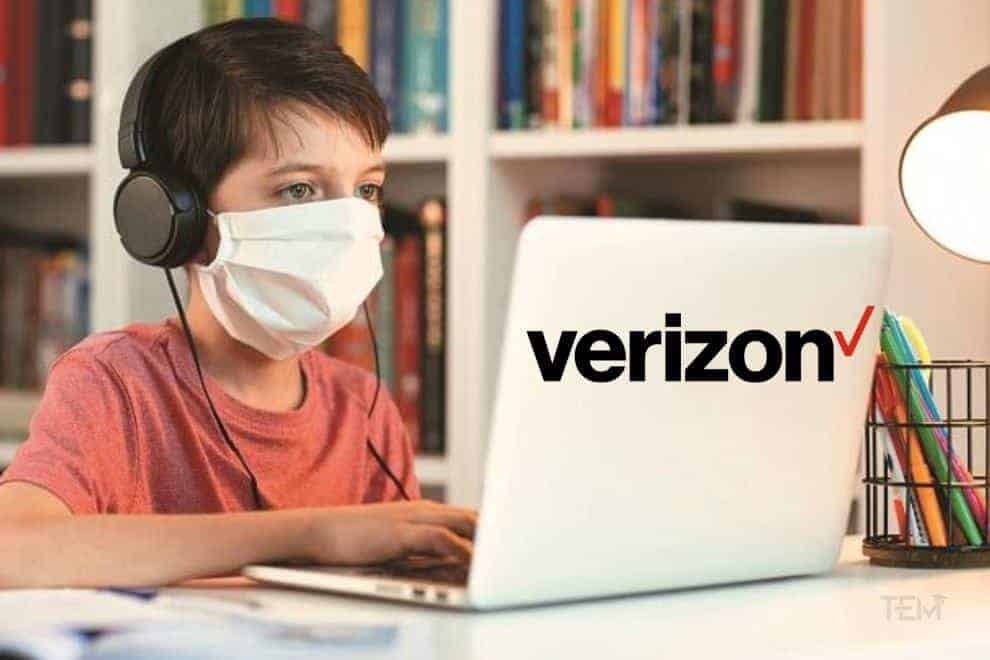Internet access for students who have no Internet connectivity at home
With the 2020-21 education year, it’s critical that all students have access to a reliable Internet connection, devices and other solutions they need be able to continue learning this fall — whether from school or home. In response to the need, the South Carolina Office of Regulatory Staff (ORS) has partnered with Verizon to enable distance learning, for up to 150,000 K-12 students across South Carolina through discounted Internet access for students who have no Internet connectivity at home.
Learning tools for uninterrupted education
The South Carolina ORS’ disbursement of CARES Act funding for this distance learning initiative, part of South Carolina Gov. Henry McMaster’s AccelerateSC plan, is designed to help enable students who don’t have broadband/Internet connectivity at home to continue their education inside or outside of the classroom through 4G LTE Internet service and devices.
AccelerateSC is a coordinated economic revitalization plan involving small and large business owners, leaders in manufacturing, healthcare professionals, educators, and local government officials. AccelerateSC collaborated with state agencies to develop guidelines for the safe operation of businesses in the midst of the coronavirus pandemic and to develop priorities for the responsible investment of CARES Act funding.
Collaboration for education continuity
“As AccelerateSC began its work, we immediately recognized that one of our most pressing needs was getting Internet access to those families and students who were most dramatically impacted by school closures,” said South Carolina Gov. McMaster.
This partnership will result in a stronger education delivery system for students in rural areas and is a great example of what we can do when we have a common goal and a commitment to innovation and collaboration.
The Covid-19 pandemic has caused an immediate surge in distance learning and has drawn new focus to enabling reliable Internet access for all students. While some school districts were more prepared to shift from onsite to online classrooms, many others are still challenged with securing Internet connectivity, devices, and related solutions for distance learning.










